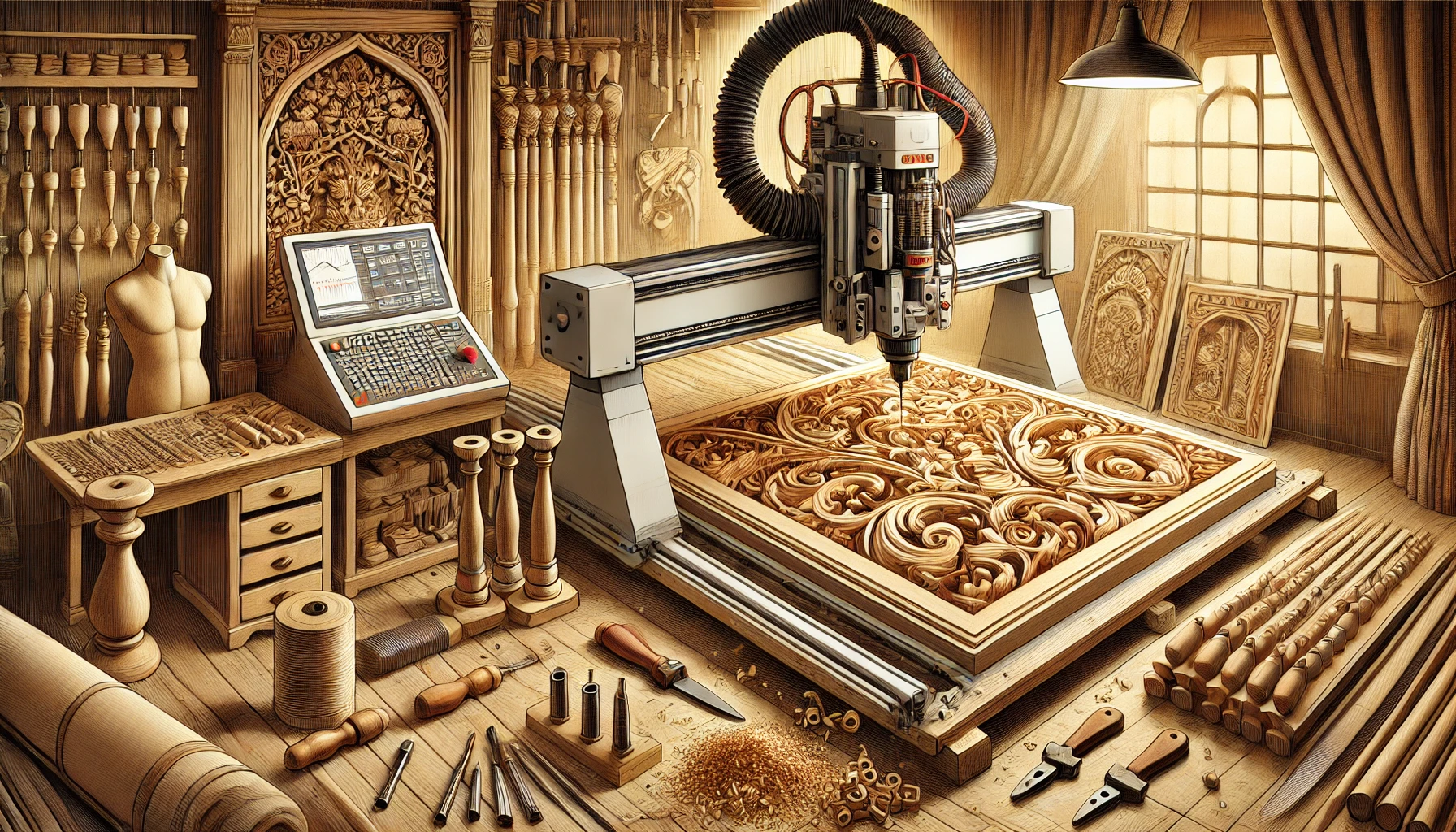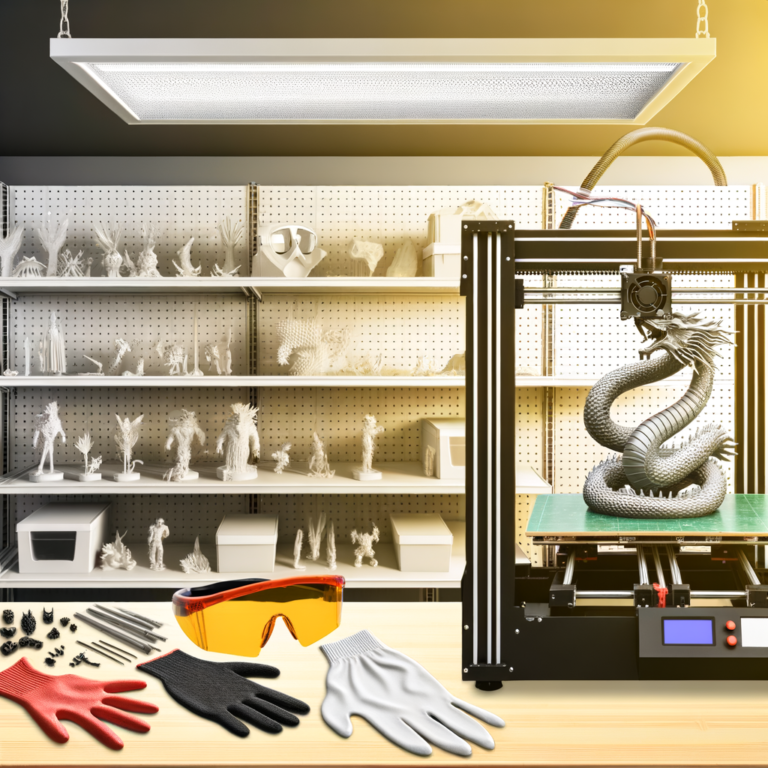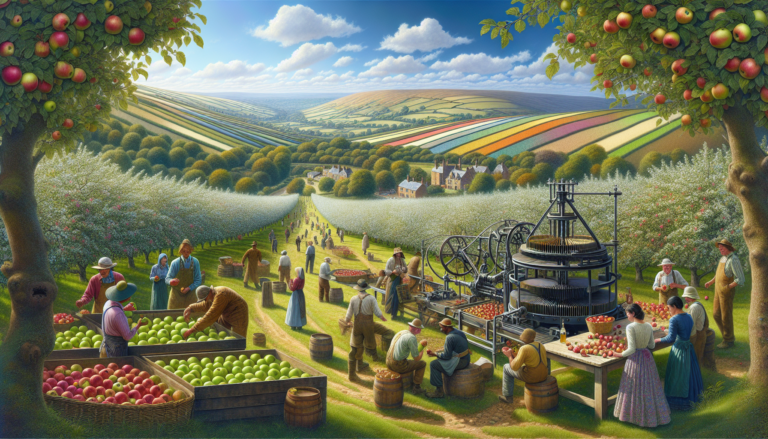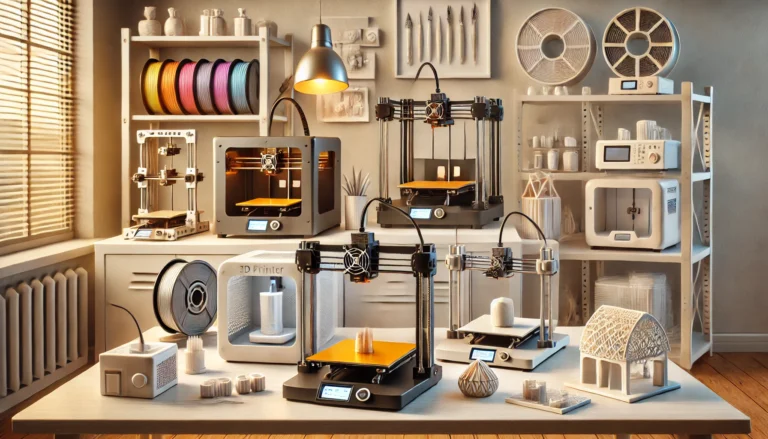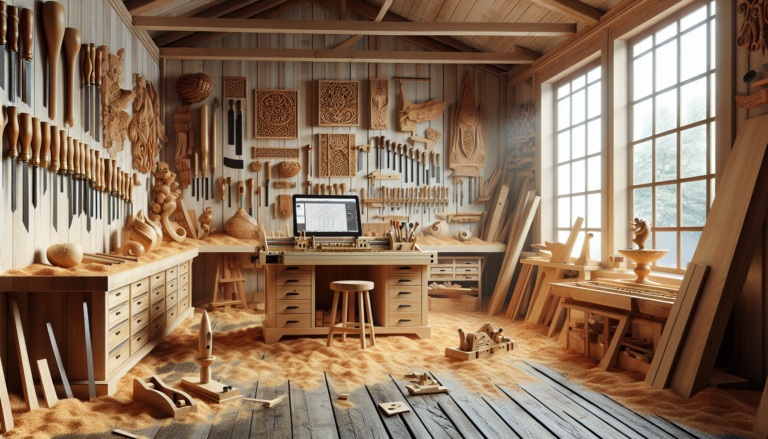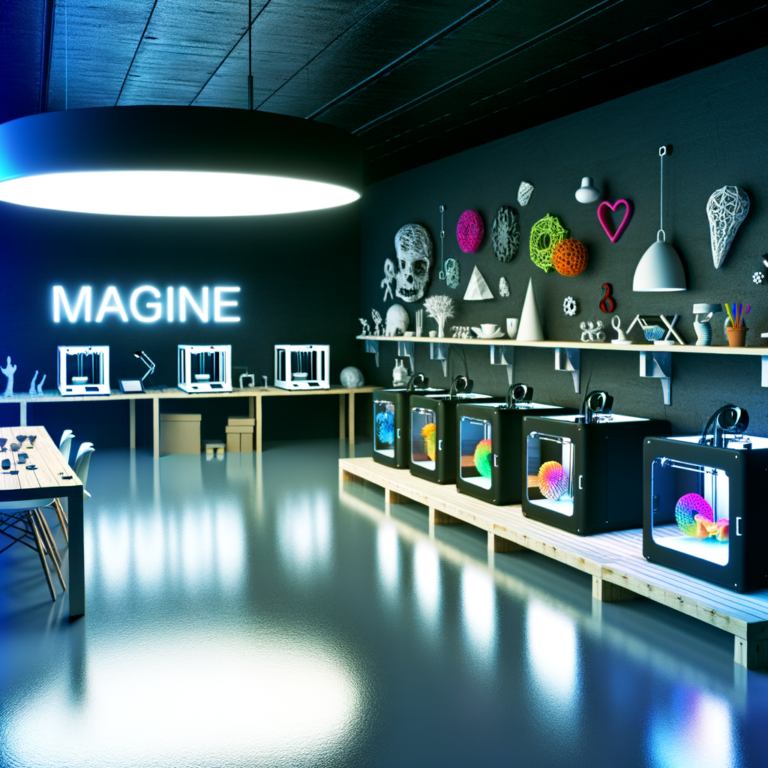CNC woodworking Workshop
CNC Woodworking Workshop
Welcome to the world of CNC woodworking, where precision meets creativity. If you’re ready to transform raw timber into masterpieces with the help of technology, you’re in the right place. This workshop is all about blending traditional craftsmanship with modern machinery to create stunning woodworks that stand out.
Introduction
Welcome to the fascinating world of CNC woodworking! If you’re new to this, you might be wondering, “What on earth is CNC?” Well, let me break it down for you. CNC stands for Computer Numerical Control. It’s like having a super-smart robot buddy that can help you cut, carve, and craft wood with mind-blowing precision. Imagine having a digital assistant that takes your design dreams and turns them into tangible reality. That’s CNC woodworking in a nutshell!
Now, why should you care about CNC technology in your woodworking adventures? For starters, it’s like having your own personal woodshop wizard. It can save you tons of time and reduce the risk of human error. No more accidentally chopping off the wrong piece of wood or spending hours sanding a surface to perfection. With CNC, you get consistent results every time, which means your work will look professional—even if you’re just getting started.
Plus, let’s talk about creativity. CNC opens up a whole new world of possibilities. You can create intricate designs that would be nearly impossible to achieve by hand. Fancy carving a dragon into a table or making a jigsaw puzzle that’s also a lamp? With CNC, you’re limited only by your imagination—and maybe your coffee supply.
But it’s not just about the cool factor. Incorporating CNC technology into your woodworking workshop can also be a game-changer for your business. It can increase your production speed and efficiency, allowing you to take on more projects and potentially boost your income. Who doesn’t like the sound of that?
So, whether you’re a hobbyist looking to up your game or a seasoned pro ready to embrace the future of woodworking, CNC has something to offer. Get ready to dive into this exciting blend of art and technology, where the only limit is your creative vision. Let’s get started on this journey to transform raw timber into masterpieces with a little help from our tech-savvy friends!
Understanding CNC Woodworking
Alright, let’s get into the nitty-gritty of CNC woodworking! Imagine a world where you can create intricate designs with the precision of a master craftsman, but without having to be one. That’s the magic of CNC, or Computer Numerical Control, in woodworking. So, what exactly is CNC? In the simplest terms, it’s a process that uses computers to control machine tools, and in our case, those tools are used to shape wood. Pretty cool, right?
Think of CNC machines as your personal woodworking assistants. They take your designs, translate them into precise movements, and then get to work on the wood. It’s like having a robot buddy who’s really good at following instructions. And the best part? You don’t have to worry about it getting tired or making mistakes because it’s Monday morning and it’s only had one cup of coffee.
Now, let’s talk about the types of CNC machines you’ll encounter in woodworking. The most popular one is the CNC router. This machine is like the Swiss Army knife of CNC woodworking. It can cut, carve, and engrave wood with amazing precision. Whether you’re crafting a delicate jewelry box or a robust piece of furniture, the CNC router is your go-to.
Then there’s the laser cutter. This one is the artist of the group. It uses a high-powered laser beam to slice through wood like a hot knife through butter. It’s perfect for creating intricate patterns and designs that would make even the most skilled hand carver nod in approval. Plus, the laser cutter can give your projects a sleek finish that’s hard to beat.
Both of these machines are game-changers in the world of woodworking. They open up endless possibilities for creativity and innovation. And the best part? You don’t have to be a seasoned woodworker to use them. With a little bit of practice, anyone can start creating beautiful pieces that are as unique as they are precise.
So, whether you’re a hobbyist or a professional, understanding these CNC machines is your first step into a world where technology and craftsmanship go hand in hand. Get ready to turn your ideas into reality with the help of these incredible machines!
Setting Up Your CNC Woodworking Workshop
Alright, let’s roll up our sleeves and get down to business! Setting up your CNC woodworking workshop is like preparing your own little woodworking wonderland. But before you start dreaming of sawdust and smooth finishes, let’s make sure you’re equipped with everything you need to turn those dreams into reality.
First things first, let’s talk essentials. At the heart of your workshop will be the CNC machine itself. You’ll want to choose a machine that fits your needs and your space. CNC routers are a popular choice because they’re versatile and can handle a variety of projects. If you’re feeling a bit more adventurous (and have the budget for it), a laser cutter can add that extra wow factor to your creations.
Now, onto the supporting cast! You’ll need a computer with design software that’s up to the task—think of it as your creative command center. A sturdy workbench is also a must-have; it’s where the magic happens! Don’t forget about clamps, bits, and other hand tools that might come in handy. Oh, and a shop vac is your best friend for keeping the sawdust at bay. Trust me, your lungs will thank you.
Let’s chat about organization. Imagine walking into your workshop and knowing exactly where everything is. Bliss, right? Keep your tools organized with pegboards or tool chests. Label everything if you must. It saves time and keeps you in the creative zone rather than the “where-the-heck-did-I-put-that” zone.
Safety, safety, safety! Did I mention safety? Your CNC workshop should be a haven, not a hazard. Invest in good quality safety goggles, ear protection, and dust masks. Make sure your workspace is well-lit and ventilated. And, of course, familiarize yourself with the emergency stop button on your CNC machine. It’s like the seatbelt of the woodworking world—always there when you need it.
Setting up your CNC woodworking workshop might seem like a lot of work, but remember, it’s the foundation for all the amazing projects you’re going to create. So take your time, plan carefully, and soon enough, you’ll have a space that’s not just functional but also inspiring. Ready to make some sawdust? Let’s do it!
Designing for CNC: From Concept to Creation
Alright, so you’ve got this amazing idea in your head—a design that’s going to wow everyone, right? But how do you get that idea from your brain to a piece of wood using a CNC machine? It’s all about the design software, my friend. Think of these programs as your new best buddies in the woodworking world.
First off, let’s talk about some of the popular design software options out there. You’ve got your heavy hitters like AutoCAD and Fusion 360, which are like the Swiss Army knives of design software. They can do pretty much anything you need. But if you’re just starting out or looking for something a little more user-friendly, software like VCarve or Easel might be more your speed. They’re more like a trusty pocket knife—simple, reliable, and perfect for getting the job done without too many complicated bells and whistles.
Now, once you’ve picked your software, it’s time to get designing. Here’s a pro tip: keep it simple at first. You don’t need to create a replica of the Taj Mahal on your first go. Start with basic shapes and designs. Trust me, the simpler, the better when you’re learning the ropes. As you get more comfortable, you can start adding more intricate details and layers to your designs.
But here’s the kicker: once your design is ready, you need to convert it into a CNC-compatible file. This is where your design becomes a reality. Most CNC machines require a file type called G-code. It sounds like something out of a spy movie, right? But it’s just the language that CNC machines speak. Your design software should have an option to export your design as a G-code file, which the machine can then read and execute.
Remember, practice makes perfect. The more you design, the better you’ll get. And don’t be afraid to experiment. Try out different tools within the software, tweak your designs, and see what happens. Sometimes the best creations come from a little trial and error—and maybe a few happy accidents along the way!
So, grab your laptop, fire up your chosen software, and get those creative juices flowing. Before you know it, you’ll be turning your concepts into tangible creations that you can actually hold, admire, and proudly show off. Happy designing!
Hands-On: Operating CNC Machines
Alright! So, you’ve got your shiny CNC machine all set up and ready to go. But now what? Don’t worry, I’ve got you covered. Let’s dive into the nitty-gritty of getting this mechanical marvel to do your bidding.
First things first, you’ll want to get familiar with the control panel of your CNC machine. It’s a bit like learning to drive a car—at first, all those buttons and screens might look like a spaceship cockpit. But soon, it’ll be second nature. Most CNC machines come with user-friendly interfaces, so take some time to poke around and get comfy with the controls.
Now, onto the setup. Before you even think about hitting that start button, double-check your materials. Is the wood clamped down securely? You don’t want a piece of rogue timber flying across your workshop like a scene from a cartoon. Trust me, that’s not the kind of action you want. Also, ensure your tools are sharp and ready to roll. Dull tools are a no-go—they’re like trying to cut a steak with a spoon.
Once everything’s in place, it’s time to load your design file. This is where the magic happens. It’s like sending a digital blueprint to your machine, telling it exactly what to do. Make sure your file is in the right format—most machines love G-code. But hey, if you’re not sure, a quick peek at the manual or a Google search should do the trick.
Alright, let’s get this show on the road—time to start the machine. But wait! Keep an eye (and ear) out for any unusual noises or hiccups. If something sounds off, hit pause and investigate. It’s better to be safe than sorry!
And now, let’s talk about some common challenges. One issue many folks run into is material shifting. If this happens, go back to step one and double-check those clamps. Another hiccup could be tool breakage. If your tool snaps, it might be trying to tell you something—like the feed rate is too high or the tool itself wasn’t up for the task.
In the world of CNC woodworking, patience is your best buddy. Things might not be perfect on your first try, and that’s okay. Like learning to ride a bike, you’ll wobble a bit before you zoom off smoothly. And remember, the CNC community is vast and super friendly. If you run into a snag, there’s a good chance someone online has faced the same issue and has a solution.
So, there you have it! With a bit of practice, you’ll be running your CNC machine like a pro, turning those digital dreams into tangible masterpieces. Happy crafting!
Project Ideas: Unleash Your Creativity
Alright, folks, let’s get those creative juices flowing! If you’re itching to dive into some CNC woodworking projects, you’re in the right spot. Whether you’re a newbie or a seasoned pro, there’s a project idea here that’ll tickle your fancy and maybe even challenge your skills a bit. Ready? Let’s go!
First up, let’s talk about something simple yet super satisfying: personalized coasters. Yes, coasters! They might sound basic, but hear me out. You can whip up a set with intricate designs or even monograms using different woods like cherry or maple. Trust me, when your friends see their initials carved into these beauties, they’ll be begging for a set of their own. Plus, they’re a great way to learn the ropes of CNC without feeling overwhelmed.
Feeling a bit more adventurous? How about creating a custom wall art piece? This is where you can really let your imagination run wild. Think geometric patterns, topographical maps, or even abstract designs. Play around with layering different wood types or adding a splash of color with stains or paint. The best part? These pieces make fantastic conversation starters at dinner parties!
Now, for those of you ready to take on a bigger challenge, try your hand at making a 3D puzzle. Yes, a puzzle! Not only are they fun to assemble, but they’re also a fantastic way to show off your CNC prowess. You can design them in all sorts of shapes and sizes, and they make for a unique gift that’s both entertaining and educational.
And don’t shy away from experimenting with different materials! While wood is the classic choice, CNC machines can handle a variety of substrates like acrylic or aluminum. Imagine creating a sleek, modern clock with a combination of wood and metal. The contrast can be striking and adds an extra dimension to your work.
Remember, the beauty of CNC woodworking is in its versatility. You can start with something as simple as a set of coasters and work your way up to intricate furniture pieces. The key is to keep experimenting and having fun with it. So, grab your design software, fire up that CNC machine, and let your creativity run wild. Who knows? You might just create the next masterpiece!
Safety First: Best Practices in CNC Woodworking
Alright, folks, let’s talk about something that’s absolutely non-negotiable: safety! I know, I know, it’s not the most exciting topic, but trust me, it’s crucial. When you’re dealing with CNC machines that can turn wood into art with the precision of a Swiss watch, you want to make sure you’re keeping all your fingers and toes intact, right? So, let’s dive into some safety best practices that will keep you crafting masterpieces without any mishaps.
First things first, gear up! Safety gear is like your best buddy in the workshop. Always wear safety goggles. Those tiny wood chips can fly out like they’re auditioning for a superhero movie, and you don’t want them in your eyes. Ear protection is a must, too. CNC machines can be noisier than a rock concert, and you want to keep your hearing sharp for all those compliments on your work! And don’t forget the dust mask, especially if you’re working with materials that generate lots of fine particles.
Next up, let’s talk about workspace organization. Ever heard the saying, “A place for everything and everything in its place”? Well, it’s gospel in a CNC workshop. Keep your workspace tidy and free from clutter. This isn’t just about aesthetics—it’s about making sure you have a clear path to safety in case you need to make a quick exit. Plus, it’s way easier to find your tools when they’re not buried under a pile of wood shavings.
Now, let’s get into the nitty-gritty of machine safety. Before you even think about turning on that CNC machine, do a quick check. Make sure all the machine guards are in place and functioning. These guards are like the unsung heroes of the workshop—they protect you from accidental contact with moving parts. Also, double-check that your material is securely clamped down. You don’t want anything flying off the table mid-operation!
And here’s a golden rule: never, ever leave the machine unattended while it’s running. It might seem like a good time to grab a coffee or check your phone, but trust me, that’s when Murphy’s Law kicks in. Always keep an eye on the machine, so you can stop it immediately if something goes awry.
Lastly, let’s talk about maintenance. Regularly clean and inspect your CNC machine. A well-maintained machine is not only safer but also more efficient. Check the bits and blades for any signs of wear and tear, and replace them as needed. A dull blade is more likely to cause problems than a sharp one, believe it or not!
So there you have it—your go-to guide for staying safe while you let your creativity run wild with CNC woodworking. Remember, safety isn’t just a set of rules; it’s a mindset. Keep it at the forefront, and you’ll be able to enjoy your woodworking journey without any unwanted surprises. Happy crafting, and stay safe out there!
Continuous Learning and Improvement
Alright, you’ve got your CNC woodworking skills up and running. What’s next? Here’s the secret sauce: never stop learning! Seriously, the world of CNC woodworking is like an ever-expanding universe. There’s always a new tool, a fresh technique, or a cool trick to pick up. So, how do you keep pace without getting overwhelmed? Let’s chat about it!
First off, workshops and online courses are your best friends. Think of them as little pit stops on your woodworking journey. They’re perfect for brushing up on the basics or diving into advanced techniques. Plus, they’re often led by experts who’ve been around the block (and maybe even made a few mistakes along the way, so you don’t have to). Websites like Udemy or Coursera offer some fantastic courses that you can take at your own pace. And hey, if you prefer a more hands-on approach, local community colleges or maker spaces often host in-person workshops. Bonus: you might just meet a few like-minded wood enthusiasts there!
Next up, community forums. Imagine a place buzzing with folks who love CNC woodworking as much as you do. Sounds great, right? These forums are like the coffee shops of the online world—places where you can swap tips, share your latest project, or just geek out about the latest CNC tech. Sites like Reddit or specialized CNC forums are treasure troves of information and camaraderie. You can learn a lot just by lurking, but don’t be shy to jump in and ask questions or offer advice. Remember, everyone started somewhere!
Speaking of tech, let’s talk about keeping up with those pesky technological advancements. CNC technology is evolving faster than you can say “wood shavings.” New software updates, machine enhancements, and innovative tools pop up regularly. To stay ahead, subscribe to industry newsletters or follow CNC experts and brands on social media. They often share the latest and greatest in the field, sometimes with a side of humor or inspiration to keep things interesting.
Lastly, don’t underestimate the power of practice. Every project you take on is a learning opportunity. Experiment with different materials, try new design techniques, and don’t be afraid to make mistakes. Each hiccup is a stepping stone to becoming a better woodworker.
So, there you have it. Embrace the continuous learning journey in CNC woodworking. Keep sharpening those skills, stay curious, and most importantly, have fun along the way. Because at the end of the day, it’s not just about the masterpiece you create, but the joy you find in the process. Happy woodworking!
Conclusion
Wow, what a journey we’ve been on in the world of CNC woodworking! We’ve covered everything from the nuts and bolts of setting up your workshop to the thrill of designing and executing your own projects. If you’re feeling a mix of excitement and a dash of nervousness, that’s perfectly normal. Remember, every woodworking master was once a beginner who just decided to start.
So, what are the big takeaways? First off, CNC technology is your new best friend. It’s like having a superpower that turns your creative visions into reality with precision and efficiency. We’ve learned that whether you’re crafting a simple keychain or a complex piece of furniture, CNC machines can handle it all. The key is to get comfortable with the design software and understand how to translate your ideas into CNC-compatible files. It’s a bit like learning a new language, but once you get the hang of it, the possibilities are endless!
Let’s not forget about safety—because nothing puts a damper on creativity like a trip to the ER, right? Stick to those safety protocols like glue to wood, and you’ll keep all your fingers intact while crafting your masterpieces.
Finally, remember that this is just the beginning. The world of CNC woodworking is vast and ever-evolving. Keep learning, keep experimenting, and most importantly, keep having fun. Join online forums, take more workshops, and maybe even start a little woodworking club of your own. Who knows, maybe you’ll be the next big name in woodworking!
So go ahead, fire up that CNC machine, unleash your creativity, and make some sawdust fly. You’ve got the skills, the tools, and now, the inspiration. The world is your workshop—happy crafting!
